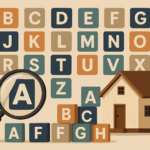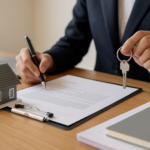
Key takeaways
Real estate agent commission is typically the largest expense, averaging about 2% of the sale price in Victoria (around $20,000 on a $1 million home). Commissions are negotiable and can range higher in rural areas.
Marketing and advertising commonly cost about $6,500–$8,000 for a typical Melbourne campaign (photography, listings, brochures, etc.). High-end marketing or auctions may cost more.
Legal and conveyancing fees usually run $800–$2,200 for a conveyancer or solicitor to handle contracts and settlement. This covers title searches and paperwork. Stamp duty is paid by the buyer in Victoria.
Home presentation costs—maintenance, repairs, and styling—can run from a few hundred to a few thousand dollars. Minor cosmetic fixes (paint, gardening) might cost up to about $2,000, while optional professional staging can range from $2,000 to $8,000 (or more for full furnishing).
Graffiti removal in Melbourne (if needed) typically costs about $14–$20 per square metre, though some councils offer limited free removal services.
Moving costs matter too. Hiring removalists for a local move averages about $660 for a 3‑bedroom house in Melbourne (around $380 for a 1‑bed, $880 for a 4‑bed home). Planning with a moving house checklist can help keep these costs in check.
Other fees to consider include a mortgage discharge fee (typically $150–$1,500). Also factor in any loan break costs if you’re ending a fixed term early, and Capital Gains Tax (CGT) if the property is not your primary residence (CGT doesn’t apply to most owner‑occupied home sales).
Selling a house in Victoria can be an exciting step, but it’s important to be prepared for the various costs involved. From real estate agent commissions to marketing, legal fees, and even moving expenses, these costs can add up. This 2025 guide breaks down the costs of selling a house in Victoria so you can budget confidently and avoid surprises.
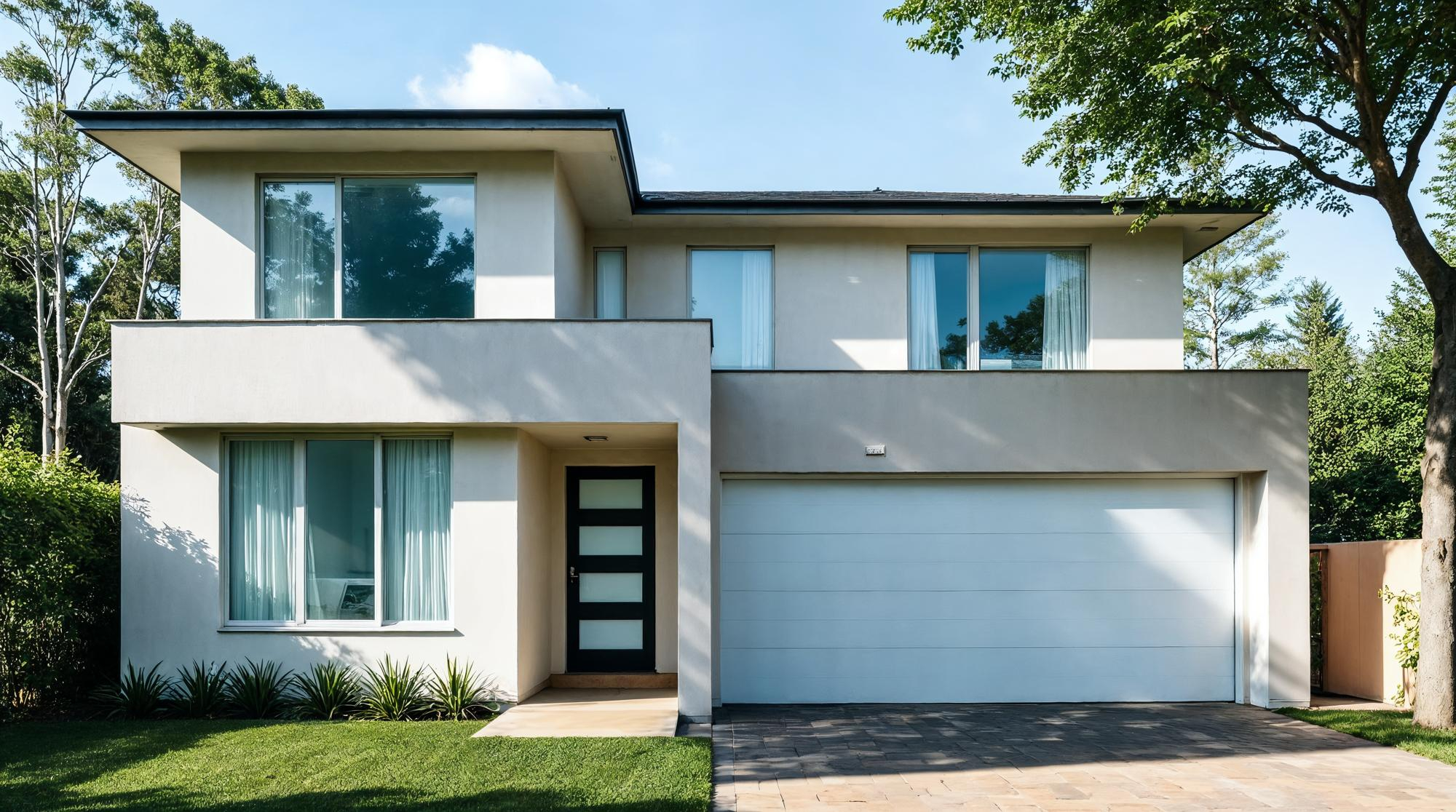
Summary of Typical Cost Components (Victoria 2025)
- Real estate agent commission: ~2% of sale price in metro areas; e.g., about $24,000 on a $1.2M home.
- Marketing campaign: $6,500–$8,000 (Melbourne average).
- Auctioneer fee (if auction): $400–$1,000 (plus any extra advertising).
- Conveyancing/legal fees: $800–$2,200 (plus roughly $200 in search fees).
- Mortgage discharge fee: $150–$1,500 (varies by lender).
- Repairs and maintenance: up to about $2,000 (minor cosmetic fixes).
- Home staging (optional): $2,000–$8,000 (professional styling).
- Graffiti removal (if needed): roughly $14–$20 per m² (professional cleaning).
- Moving (removalist) costs: around $700 on average for a 3‑bedroom local move.

Real Estate Agent Commission Fees in Victoria
Real estate agent commission is often the biggest cost when selling a house. In Victoria, commissions are not fixed by law, so they can be negotiated with your agent. On average, Victorian agents charge around 2.0% of the sale price in commission. In metropolitan areas like Melbourne, typical commissions range from 2.0% to 2.5%, while in rural or regional areas, they may be higher (often 2.5% to 3.5% due to less competition among agents).
For perspective, if your house sells for $1,200,000 (around the median in some Melbourne suburbs), a 2% commission means about $24,000 paid to the agent. In inner‑city areas with strong competition (for example, Hawthorn or Carlton), commissions might hover around 1.9%–2.1%, whereas in a regional town like Bendigo, it could be about 2.3%–3%. Even a fraction of a percent difference can mean thousands of dollars' variance in fees.
What does this fee cover? The agent’s commission includes their service in marketing the property, negotiating with buyers, and managing the sale process through to completion. It’s critical to choose an experienced agent who can maximise your sale price, not just the one with the lowest fee. In some cases, you may negotiate a tiered commission (where the agent earns a higher percentage on any amount above a target price) as an incentive. All commission terms should be agreed in writing before you sign the agency agreement.

Tip: Don’t be afraid to negotiate the commission rate and ask what services are included. In a higher‑value sale, agents might be willing to slightly reduce their percentage since the total fee will still be substantial. Always confirm if the commission is inclusive of GST and whether it covers marketing or if that’s separate.
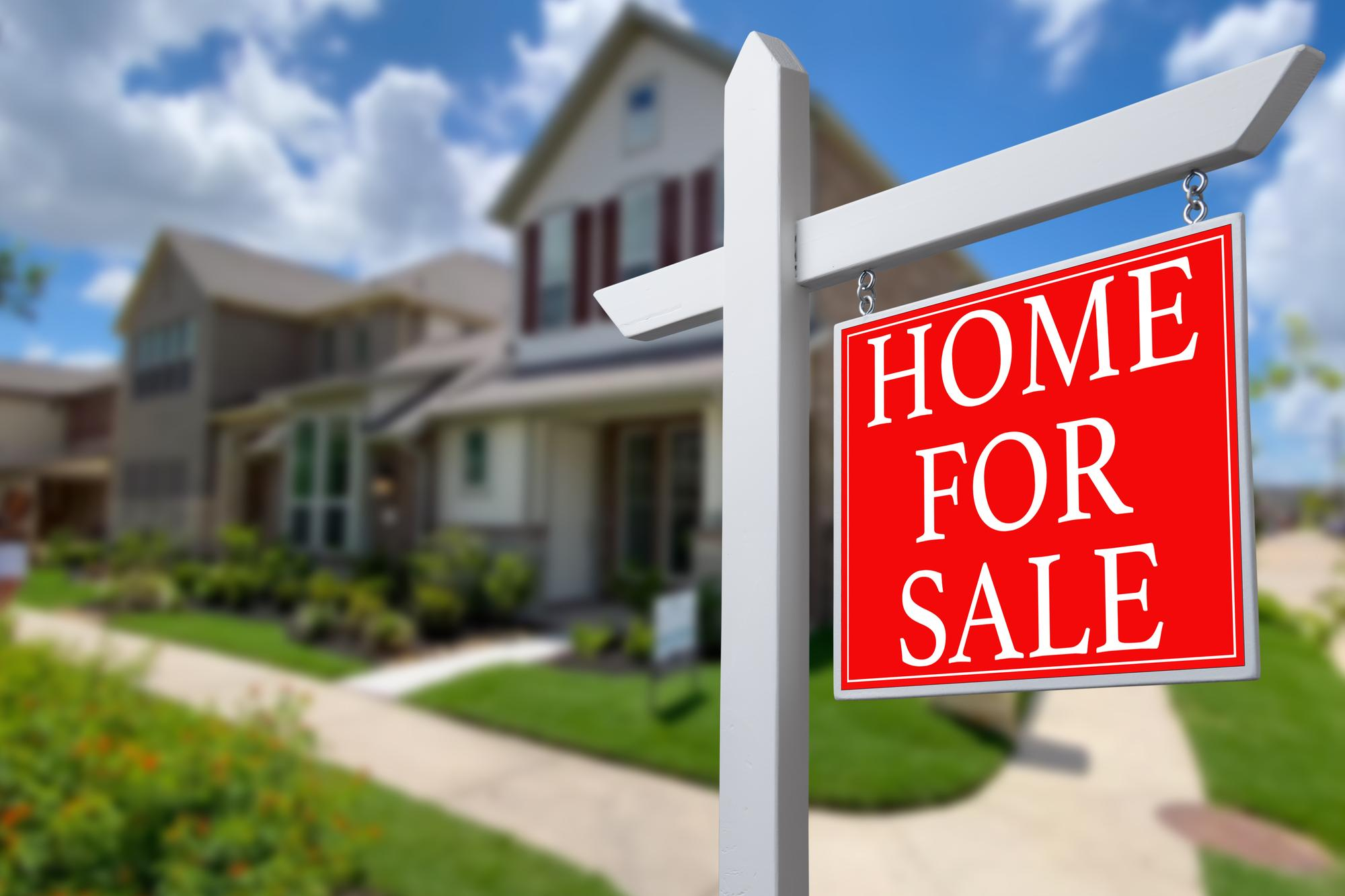
Marketing and Advertising Costs
To find the right buyer, you’ll need to invest in marketing your property. In Victoria, the vendor pays for advertising in almost all cases. Marketing costs vary depending on the campaign’s scope, but a typical Melbourne campaign costs about $6,500 to $8,000. This usually includes:
- Online listings on major real estate platforms (for example, realestate.com.au, Domain).
- Professional photography and possibly video or 3D virtual tours.
- Floor plans and copywriting for the listing description.
- Printed materials—signboard out front, flyers or brochures for open homes.
- Advertising in print media (newspaper ads) or premium online ads, if desired.
Every property’s marketing plan is tailored to the target buyer and budget. A basic campaign might lean heavily on online listings and a signboard, while a deluxe campaign could add newspaper spreads or even a dedicated property website. Each listing is unique, and campaigns are adjusted based on the budget. Spending more on advertising doesn’t guarantee a higher price, but it can broaden your pool of potential buyers, which is crucial in softer markets.
If you choose to sell via auction (common in Melbourne), be prepared for slightly higher marketing outlays. Auctions are about building buzz and urgency, so agents often recommend extra advertising in the weeks leading up to auction day. You’ll also need to hire an auctioneer, which typically costs $400 to $1,000 in Victoria. Many Melbourne agents are also auctioneers and include this service, but if not, it’s an added line item.

Tip: Look for cost‑effective marketing opportunities. Online listings and good photos often provide the best value, since virtually all buyers browse online. Ensure your agent’s proposed marketing plan is justified—for example, a half‑page newspaper ad can cost thousands, so ask if it’s truly needed. You can often choose from marketing packages; opt for one that fits your budget and target audience. Remember, you pay these marketing costs whether or not the property sells, so they’re an upfront investment in a successful sale.

Graffiti Removal in Melbourne and Other Maintenance Costs
First impressions matter. Before listing your home, attend to maintenance or repair issues to make the property as appealing as possible. A well‑presented home is more likely to draw in buyers and increase your final selling price. You don’t necessarily need massive renovations—even minor cosmetic updates (paint touch‑ups, fixing fixtures, tidying the garden) can have a big impact, often for less than $2,000 total. The key is to address any glaring flaws that might turn off buyers or suggest the home hasn’t been cared for.
Common pre‑sale maintenance includes patching walls, repainting in neutral colours, repairing leaky taps, servicing heating/cooling systems, replacing burnt‑out lights, and ensuring doors and windows function well. If the property has a yard, consider fresh mulch and weed removal to boost curb appeal. These little fixes can add up to a few hundred or a couple of thousand dollars, but they can easily pay for themselves by preventing buyers from low‑balling due to perceived work needed.

Note: In Melbourne’s inner suburbs, graffiti vandalism can be a frequent problem—especially in areas like Collingwood, Richmond, or Abbotsford.
If your home’s exterior has any graffiti or tagging, it’s wise to remove it before selling, as graffiti can give a poor impression of security and upkeep. Professional graffiti removal in Melbourne typically costs around $14–$20 per square metre, depending on the technique required. An average small job might range from a couple of hundred dollars up to nearly $1,000 if a large area is covered. Some local councils recognise the impact of graffiti on property values and offer limited free removal services. It’s worth checking with your municipality, which can save you money.
Another presentation essential is deep cleaning. Before open‑home inspections, consider a professional cleaning service to make everything sparkle—clean windows, carpets, kitchens, bathrooms, and so on. A small investment in cleanliness can greatly enhance buyers’ perception.
If your property is older or in rough condition, decide how much to invest in repairs versus selling “as is.” Generally, fix anything structural or safety‑related (buyers will likely discover those in building inspections anyway). Cosmetic improvements should be strategic: do things that offer high return on investment. A coat of paint and garden spruce‑up are almost always worth it; a full bathroom remodel right before selling probably isn’t.

Tip: Walk through your house with a critical eye (or ask your agent) to spot issues that would catch a buyer’s attention. In urban neighbourhoods, also assess the exterior—remove graffiti, clean the frontage, and repaint fences if needed. These details reduce buyers’ inclination to negotiate down.
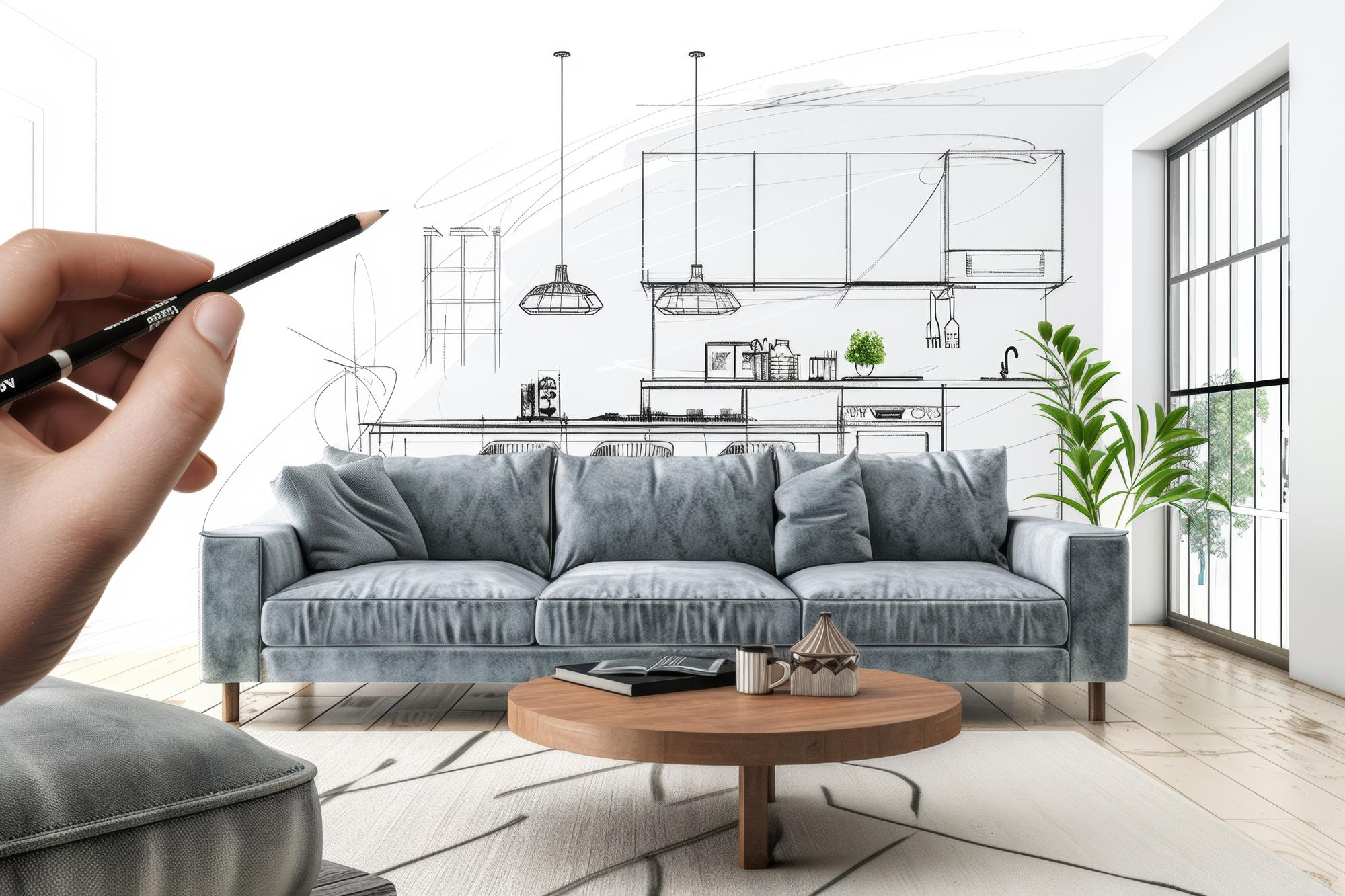
Home Staging and Styling Costs
Beyond basic maintenance, many sellers consider professional styling (staging) to present the home in its best light. Staging involves arranging furniture and décor (often hired) to make the property more appealing and help buyers visualise living there. It’s optional, but it can significantly influence the sale price and time on market in competitive areas.
The cost of staging in Victoria varies widely, from a few hundred dollars to upward of $10,000. On the lower end, you might pay a consultant a few hundred dollars for advice and implement changes yourself (rearranging furniture, decluttering, adding fresh cushions and plants). On the higher end—especially if the house is empty—a professional stylist might furnish several rooms for 4–6 weeks, which can cost many thousands by the time you rent furniture and pay their fee. A typical partial staging (styling key rooms like the living area and main bedroom) often costs around $2,000–$4,000 in Melbourne. Fully furnishing a large 4‑bedroom house could reach $5,000–$8,000 or more for a standard 6‑week campaign.
Evaluate whether staging will add more value than it costs. A well‑staged home photographs better and creates more buyer interest, potentially leading to higher offers. If your target buyers are young families or professionals, a modern, clean look can help them connect with the home. Conversely, if your home is a fixer‑upper likely to be sold to developers or as a knock‑down rebuild, styling may be less useful.
Simple DIY steps include decluttering, using neutral bed linens and towels, and adding fresh flowers or artwork. Your agent can often provide quick styling guidance. For anything you can’t do yourself, you can hire professionals for specific tasks (for example, renting a few statement furniture pieces).

Tip: Before paying for full staging, get opinions from a few agents on whether it’s worthwhile for your property and local market. Sometimes, partial staging or virtual staging can be a more economical alternative.

Moving and Relocation Costs (Moving House Checklist)
After you sell, you still have to move. Many sellers forget to budget for moving costs, which can be significant for a family home. Whether you hire professional removalists or rent a truck for a DIY move, there are expenses in packing up your household.
For a local move within Melbourne, professional removalist fees generally fall between $115 and $175 per hour for a team and truck. Most companies have a minimum charge of two hours or more. The total cost depends on your volume of belongings, distance, and difficulty (for example, stairs or tricky parking can add time). Typical figures:
- Moving a 1‑bedroom apartment locally: around $380–$400 on average.
- Moving a 3‑bedroom family home within the same city: roughly $700–$800 on average.
- Moving a 4‑bedroom house: expect about $880 to $1,000 or more, depending on furniture volume.
These are average estimates for Melbourne moves; actual quotes might range higher or lower. If you’re moving only a short distance and have decluttered heavily, you might come in under the average. A move from a suburban house to an inner‑city apartment (with traffic delays and elevator bookings) could exceed the average.
Other moving‑related costs include packing materials (boxes, tape, bubble wrap), insurance for belongings in transit (check the mover’s cover), and temporary storage if there’s a gap between settlement and your new home. Also factor in utility connection/disconnection fees and any cleaning costs for the home you’re leaving.
Moving can be stressful, so plan ahead. Create a moving house checklist that outlines all tasks and expenses—notifications to utilities, change of address, booking removalists, packing an essentials box, and arranging cleaning. Starting early lets you shop around for quotes and choose an off‑peak moving day if possible (weekdays are often cheaper than weekends).

Tip: Reduce moving costs by decluttering before you move. Selling, donating, or discarding items you don’t need means fewer boxes and potentially a smaller truck or shorter job time. Book removalists well in advance and get multiple quotes. Prices can surge at month‑end or on Fridays, so flexibility can save money. Keep a small contingency in your budget—occasional delays or extra trips can push costs slightly above the quote.
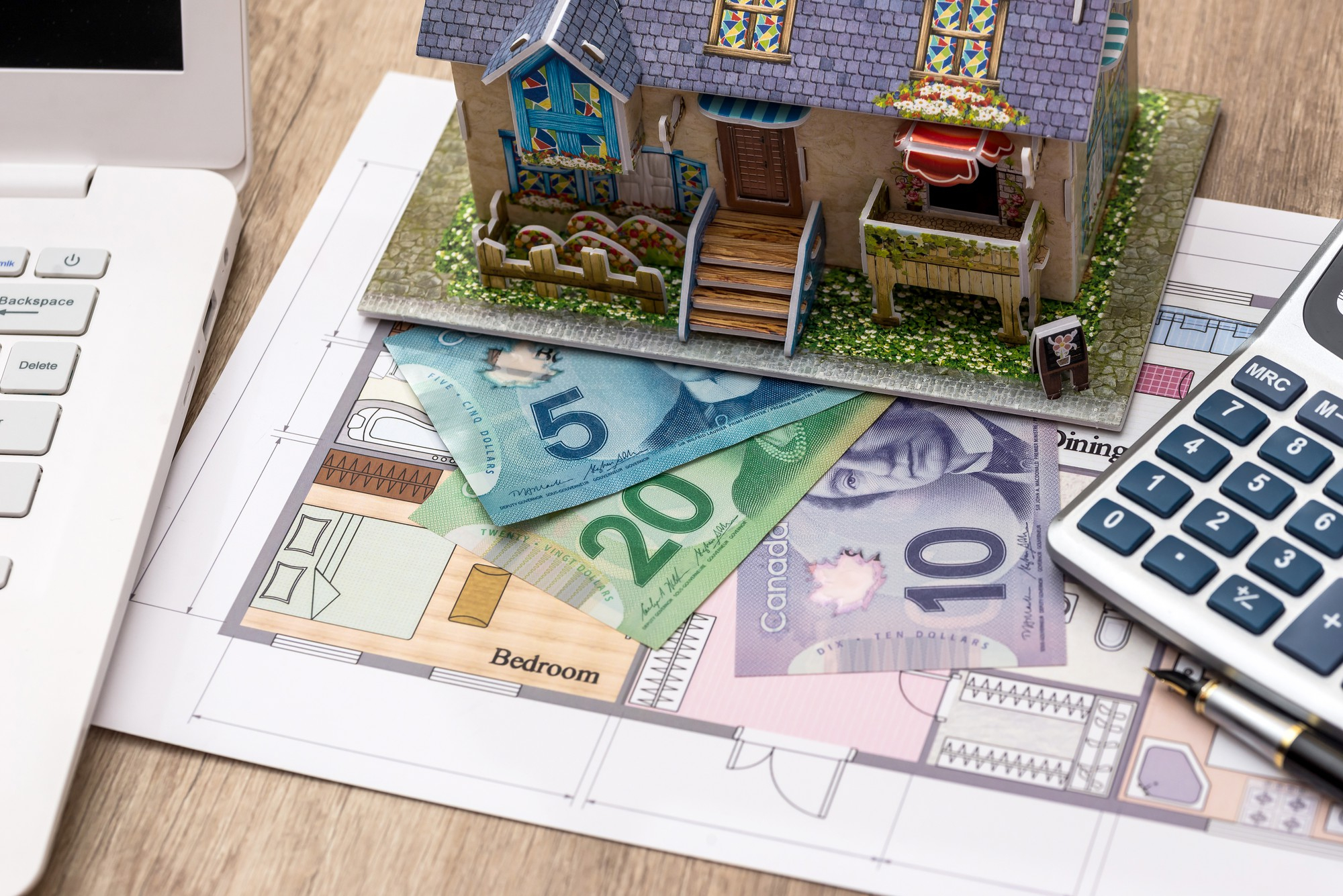
Final Thoughts: Budgeting for a Successful Sale
Selling a house in Victoria comes with a variety of costs, but with careful planning, you can budget for them and even use them to your advantage. Major expenses—agent commissions, marketing, and legal fees—are the price of doing business to get your home sold for the best possible price. Skimping on a critical area like marketing or presentation might save a few thousand now, but could result in a lower sale price tens of thousands below its potential. Think of these costs as investments in achieving a top result.
At the same time, there are ways to save: negotiate commissions where appropriate, choose marketing strategies wisely, and tackle simple DIY fixes before paying others. By understanding all the costs involved (and using tools like a moving house checklist to avoid surprises), you can approach your sale with confidence.
In 2025, Victoria’s property market has been resilient despite higher interest rates. Buyers are active, and well‑presented homes still attract strong competition. Investing in presentation, smart advertising, and a good agent is likely to be rewarded with a quicker sale at a higher price. Being unprepared for costs (like an unexpected mortgage discharge fee or a last‑minute repair) can cause stress and erode your proceeds.
As a rule of thumb, plan ahead and budget roughly 3%–4% of your property’s value for selling costs (excluding any mortgage payout or taxes). For example, an $800,000 house might incur around $24,000–$30,000 in total selling costs (agent, marketing, legal, and so on). Knowing this upfront helps you calculate your likely net sale outcome, which is crucial for your next purchase or financial planning.

Tip: As you prepare to sell, keep records of all expenses. Many selling costs (such as advertising, repairs, and staging) can form part of your cost base for capital gains tax if it’s an investment property, potentially reducing your tax. Even for a home sale, tracking costs helps you evaluate the true profitability of your sale and provides peace of mind that nothing has been missed.











